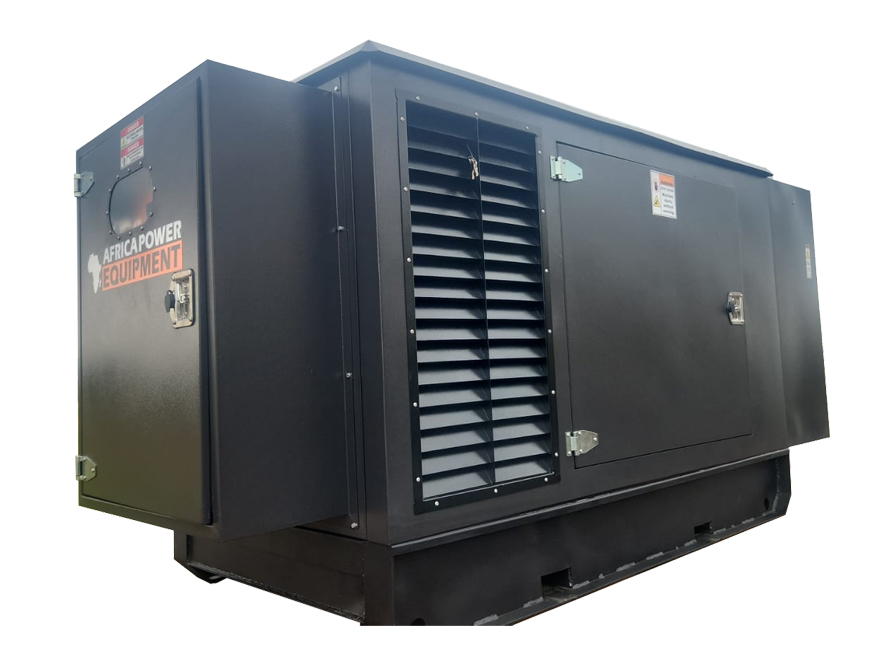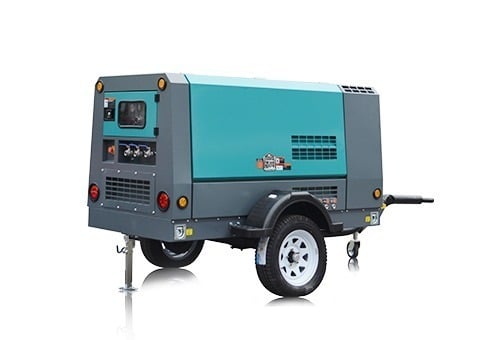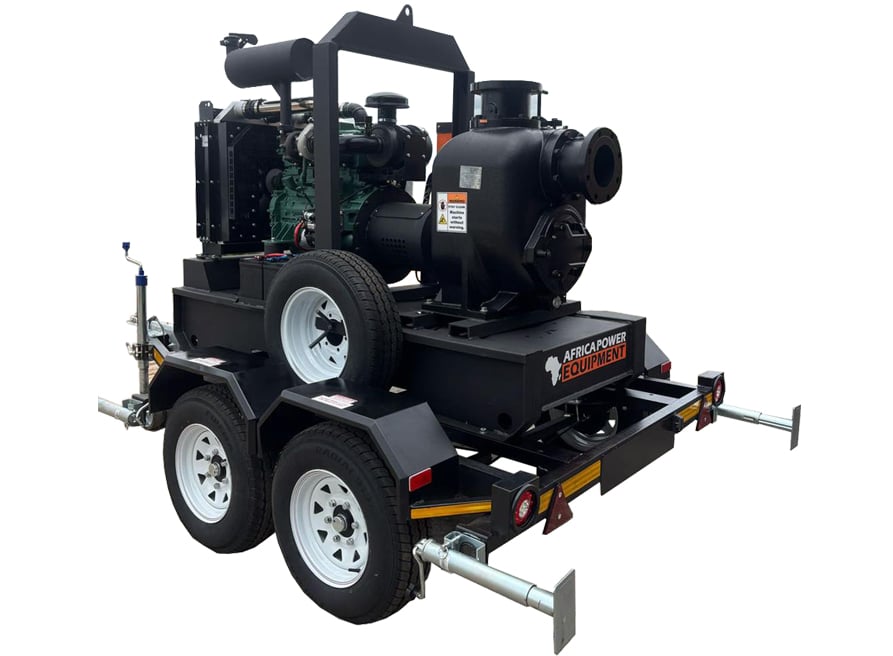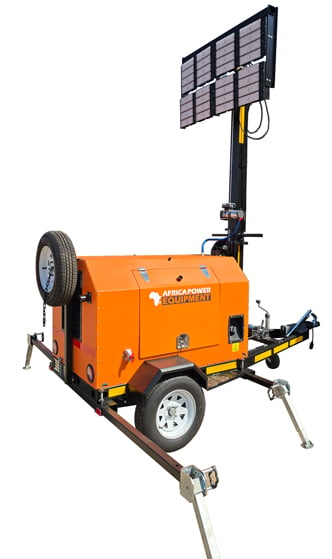Understanding Lighting Tower Safety Regulations in South Africa
Lighting towers are essential on construction sites, roadworks, mining zones, and events — but safety regulations are just as important as performance. Non-compliance can lead to serious injuries, penalties, or operational delays.
This guide explains how lighting towers comply with safety regulations in South Africa and what to look for when purchasing or operating them.
⚖️ Why Safety Compliance Matters
Lighting towers are mobile electrical machines with mechanical components and combustible fuel. Poor installation or maintenance can cause:
-
Electrical fires
-
Mechanical failure or tipping
-
Fuel leaks and explosions
-
Eye injuries from excessive glare
-
Noise and environmental violations
Complying with safety standards ensures:
-
Protection for operators and the public
-
Legal adherence to South African OHS laws
-
Reduced insurance risk
-
Fewer equipment breakdowns
📜 Key South African Safety Standards for Lighting Towers
Lighting tower safety is governed by multiple regulations, including:
| Regulation | Description |
|---|---|
| OHS Act (85 of 1993) | Requires employers to ensure safe working conditions |
| SANS 10142 | Electrical installations must follow these guidelines |
| SANS 10087 | Pertains to fuel storage and flammable liquid handling |
| COID Act | Governs compensation for workplace injuries |
🔍 If you’re importing or using lighting towers in SA, make sure they meet SABS or IEC-equivalent certifications.
🛠 Key Safety Features of Compliant Lighting Towers
1. Stability and Anti-Tip Systems
-
Stabilizers or outriggers must be used on uneven terrain
-
Wind load resistance should be rated (especially for mast height >8m)
-
Some towers feature automatic mast lowering in high winds
2. Fuel Safety
-
Tanks must be sealed to prevent leaks
-
Diesel units should have secondary containment trays
-
Fuel lines and fittings must be rated for pressure and temperature
3. Electrical Compliance
-
Proper earthing/grounding systems
-
Circuit breakers and residual current devices (RCDs)
-
Certified weatherproof electrical connections (IP rated)
4. Lighting and Optics Safety
-
Adjustable mast to avoid glare at eye level
-
Shrouds or diffusers to prevent eye strain
-
LED lights preferred for lower heat and glare emissions
5. Noise and Emission Control
-
Diesel engines must meet noise level requirements (especially for urban zones)
-
Exhaust systems should be maintained to reduce toxic fume release
-
Some units come with acoustic enclosures for noise reduction
✅ Safety Best Practices for Operating Lighting Towers
-
Site Assessment: Always inspect terrain for leveling and secure footing.
-
Training: Operators must be trained in setup, fueling, and emergency shutdown.
-
Routine Inspection: Check oil, filters, fuel, cables, and light fixtures daily.
-
Emergency Equipment: Keep a fire extinguisher rated for electrical/fuel fires nearby.
-
Clear Signage: Warn workers of high-voltage areas and rotating machinery.
🧯 Tip: Install signage or safety cones around towers in public or high-traffic areas.
📋 Inspection and Documentation
Workplace inspectors may request:
-
Maintenance logs
-
Safety checklists
-
Certificate of compliance (COC) for electrical components
-
Engine servicing reports
-
Operator training certificates
Ensure your lighting tower has a visible ID plate with model number, weight, and fuel type.
⚠️ Common Mistakes That Break Compliance
-
Running towers without stabilizers deployed
-
Using damaged extension cords or plug points
-
Overloading with extra appliances
-
Ignoring noise limits in residential or urban zones
-
Storing fuel incorrectly or near ignition sources
Avoid these pitfalls to remain both safe and legally compliant.
🏗 Use Cases That Require Enhanced Safety Protocols
| Use Case | Extra Safety Requirements |
|---|---|
| Mining sites | Fireproof cabling, explosion-proof lights |
| Public events | Crowd barriers, sound dampening, low-glare |
| Roadwork zones | Reflective tape, traffic safety integration |
| Remote installations | Wind alarms, satellite fault monitoring |
🔗 Related Articles for Further Reading
✅ Conclusion
Lighting tower safety compliance is non-negotiable for legal, operational, and ethical reasons. Always:
-
Choose models that meet South African standards
-
Train your staff properly
-
Inspect and maintain the units regularly
Whether you’re running a mine, road crew, or public event, safety-compliant lighting towers protect your workers, your investment, and your business reputation.
👉 Need compliant lighting towers for your site? Visit PowerEquipment.co.za for expert recommendations and delivery across South Africa.





